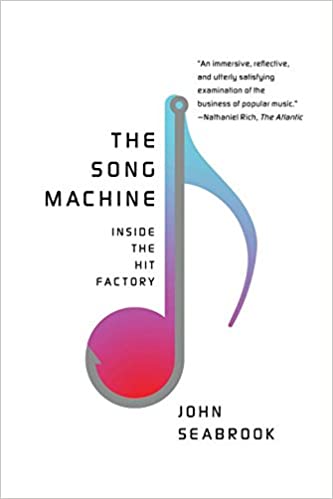Author: Derek Sivers
My Rating: 5/5
Summary: A well written business manifesto written by the founder of CDBaby.
My Takeaways
Derek Sivers accidentally started a business and purposely tried to keep it small
When you make a business, you make a little universe where you get to control the laws. This is your utopia.
When you make it a dream come true for yourself. You make it true for everyone
When you’re on to a revolution it will feel like uncommon sense.
Success come from persistently improving and inventing, not from what’s persistently doing what’s not working.
Do everything for your customers.
Starting small puts 100% of your energy into actually solving real problems.
Build your business for thousands of small customers, not big customers that control you.
Don’t be afraid to exclude people.
There are infinite plans (music singing example)
Write clear emails to avoid thousands of confused replies.
It’s often the tiny little details that make customers tell their friends about your business, such as the funny email.
Add a fun human touch to how you operate your business (pizza and squid example)
Know what makes you happy. As CD Baby got bigger, Derek’s stories got less happy.
Don’t try to please an invisible jury.
